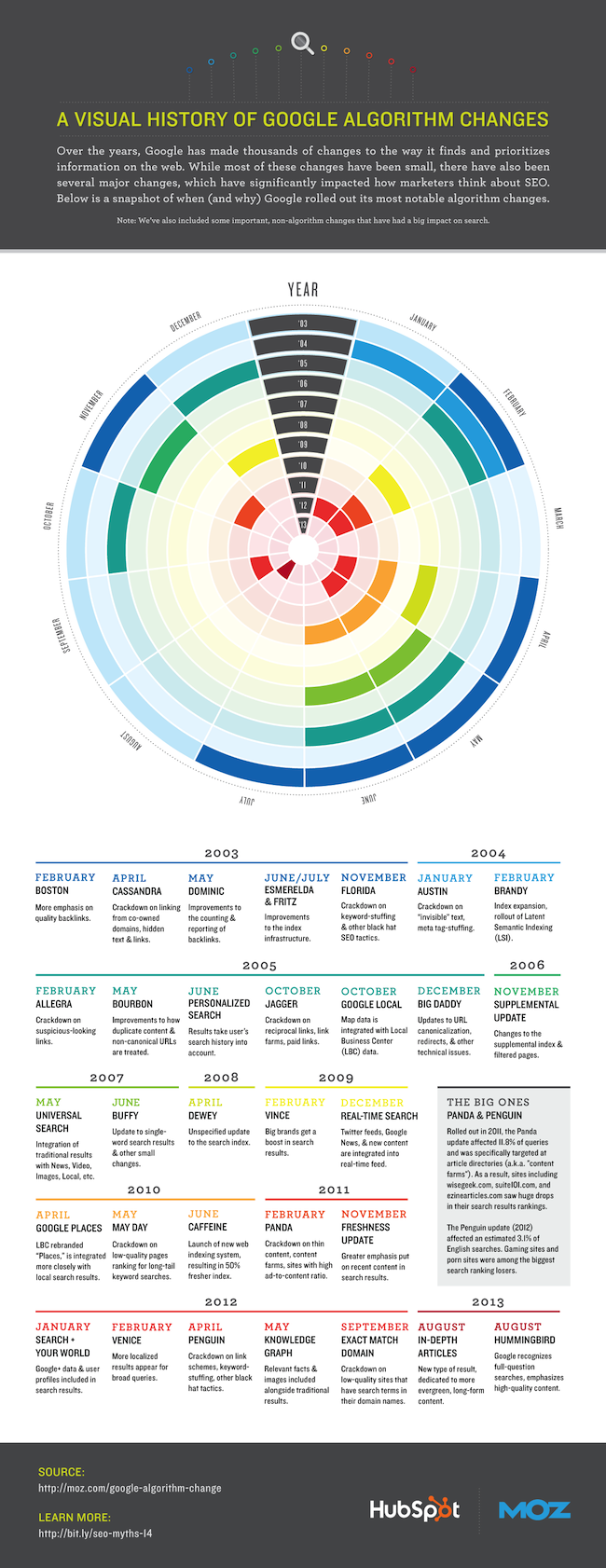Now imagine that the "someone" was the European antitrust regulators and you are Google. That's exactly what's being decided upon right now. According to recode.net:
"When a Google user searches for a product, for example, Google will now have to surface at least three alternatives next to where it displays its own Google Shopping results in a box. Same thing for flight results. The full text of the settlement explains how Google will decide which alternative results should be chosen and who’s eligible for such placements."
Now, I know it's technically no longer cool to root for the corporate giant that has a borderline "big brother" image, but in this case I really fail to see how this is right.
Ignoring the obvious, hugely-controversial issue surrounding the fact that Google will have to reveal how they "will decide which alternative results should be chosen and who was eligible for such placement" (which is proprietary information and is just WRONG), let's back up and take a look at the underlying issue here.
Google is being told they need to advertise their competitors' products on their own website or pay upwards of $5 Billion. At the root, this is no different than if I were a distributor of machinery manufactured by other companies, and was being forced to show competitors' machinery that I don't carry. That doesn't make any sense to me.
Here is a peek at how their current product search results are displayed and how they would need to change it:
BEFORE:
AFTER:
Is anyone else even slightly disturbed by this?







